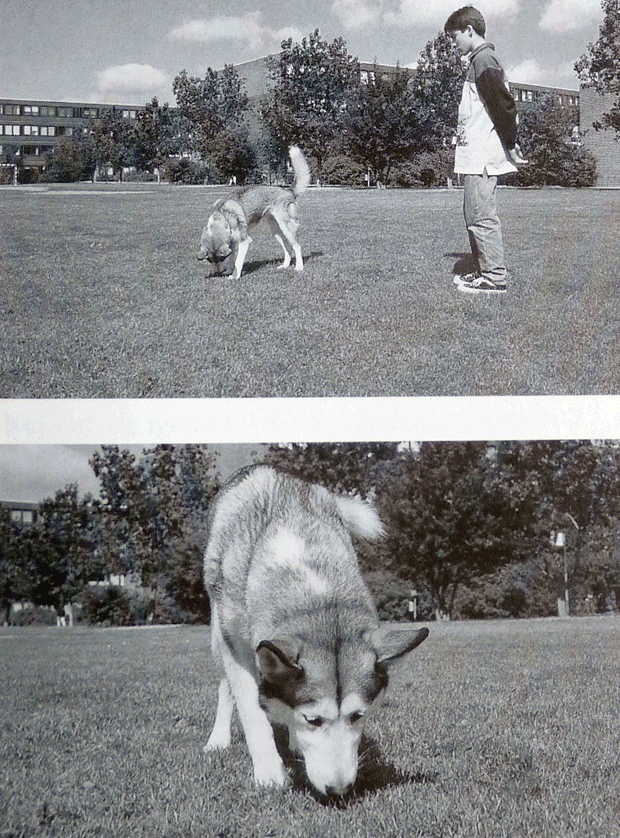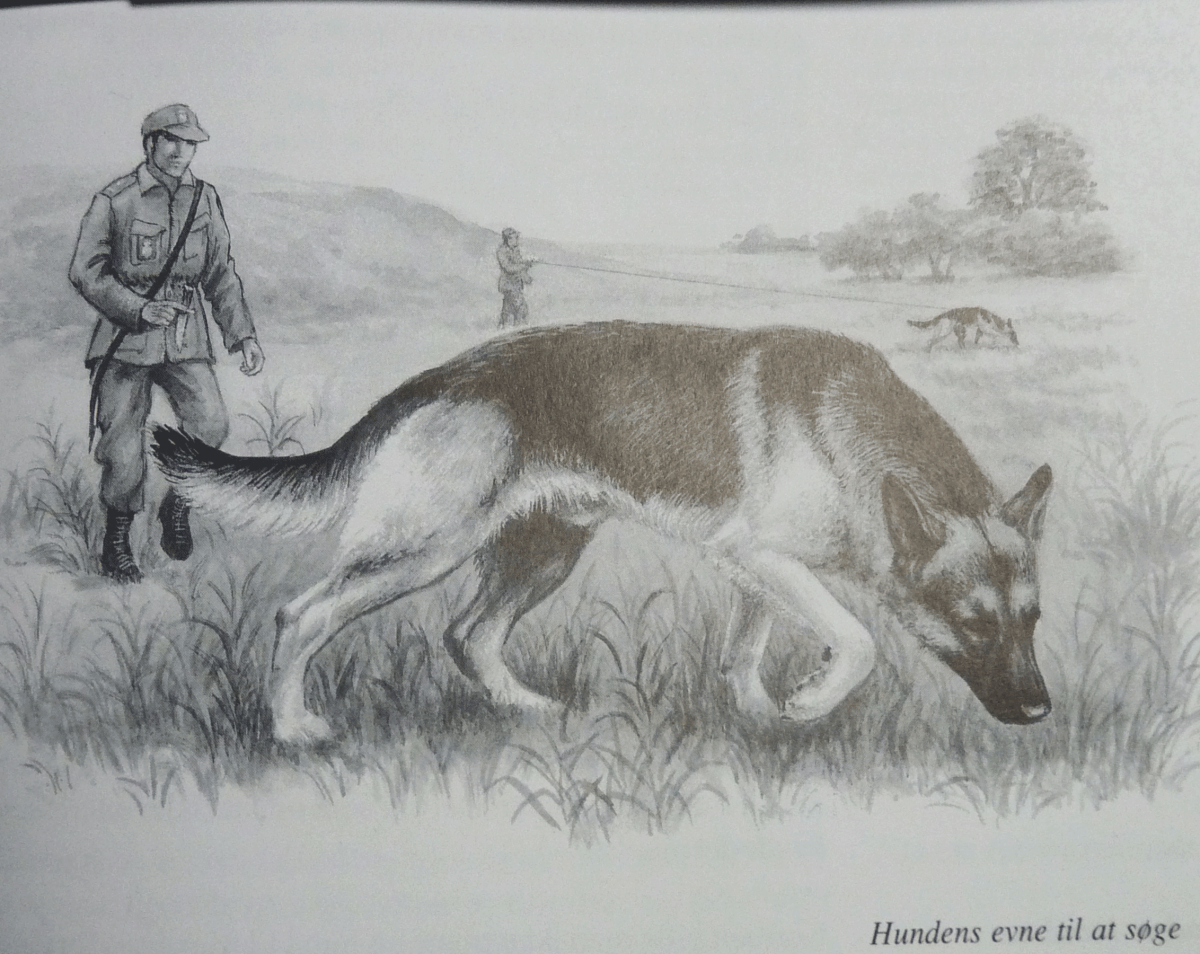The importance of confidence, in animal training, is greater than you might think. Confidence comes with success and success comes when you are confident—believe in yourself.
More often than you might realize, your animal training, independently of species, does not succeed because you don’t believe it will. Doubting yourself, your abilities, or the outcome of your behavior has an impact on those with whom you communicate. Therefore, do not neglect the importance of confidence and self-confidence.
Dogs, horses, cats, guinea pigs, to mention a few, are experts in reading your body language. They will detect the slightest hint of doubt. If you don’t know or aren’t sure of what you want or what you’re doing, how do you want the animal to feel safe by following your instructions?
Here’s your plan of action: work it all out first and then do it firmly believing that you will succeed. Don’t worry about the animal. Control yourself and your emotions. If you’re good, it will end up good.
“What if I don’t succeed, anyway?” you may now ask.
Tough luck, sometimes it does not work! In that case, return to square one, re-think your plan and go for it once more—and, as always, believing in yourself and that you’ll succeed. Failure only strengthens the importance of confidence, next time out.
Enjoy your training—but, first and foremost, enjoy spending time with another living creature.
____________________
Register now for free and take a course at your own pace. With knowledge comes confidence.

















